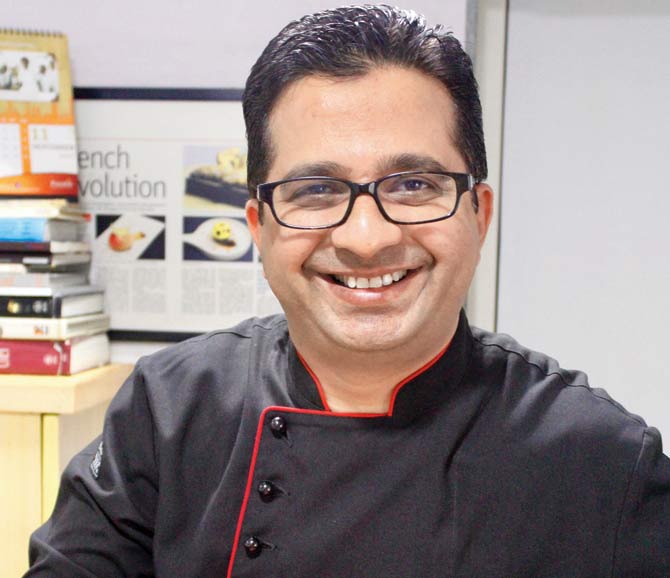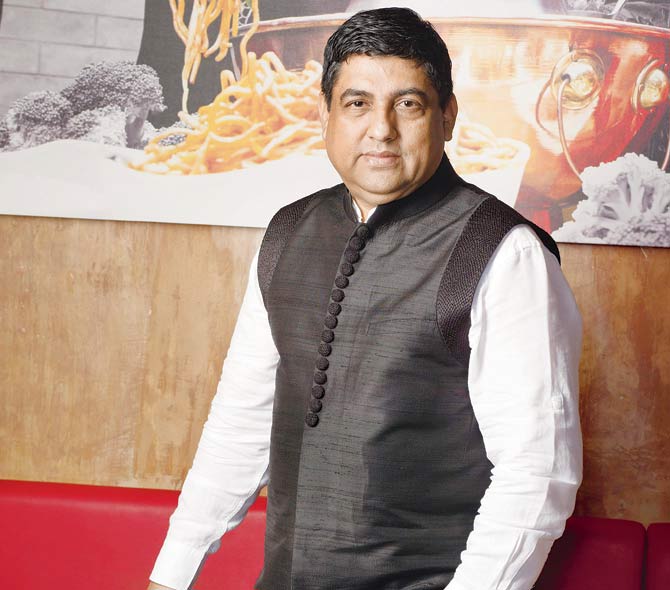With Bengal getting a GI on its rosogolla and Odisha seeking one, experts spot the difference for the sweet-toothed Mumbaikar


Illustration/Uday Mohite
'Pahala rosogolla has a shorter shelf life'
"Pahala rosogolla is like the Rolls Royce of rosogollas," says chef anees Khan of Star anise Patisserie, making a case for the version that's two shades darker than the familiar variety. It gets its name from a village on the outskirts of Bhubaneshwar. Khan, who hails from Odisha, makes a pilgrimage to the village every time he travels to his native place, just to savour this variety.

Anees Khan
What's Distinct: While the Bengali version is white and spongy, this one is off-white and denser, though completely melt-in-the-mouth. It also needs to be had fresh and warm, and can't be preserved for even a day, unlike the regular variety. Usually, the Pahala variety is bigger in size, and also comes stuffed with cashew, cardamom and raisin.

How it's made: The ingredients, including cow's milk, are largely the same as the Bengali version except that this one uses semolina in the chenna (cottage cheese) dough. The rosogolla is steeped in simmering, hot water after being cooked in the sugar syrup to thin down the syrup a bit. This lends it the off-white colour. The Bengali version is softer and has a longer shelf life as it's only cooked in sugar syrup.
Variations: In Salepur, located in Cuttack district of Odisha, you can find a darker version of this rosogolla. Once when I was able to source Pahala rosogolla from Odisha, I paired it with a traditional vanilla bean creme brûlée, which was a winner.
'The trick lies in making the dough of the right texture'
"In Bengal, rosogolla is revered as a healthy diet option," says anjan Chatterjee, chairman and MD of Speciality Restaurants, which operates the popular Sweet Bengal chain. He recalls a conversation he overheard at a sweet shop in Kolkata. "The customer, an old man, ordered four rosogollas stating that he had an upset stomach and so, he had decided to have only these through the day. Later, I realised I wouldn't mind having them too, if I had such an issue, but maybe a few more!"

Anjan Chatterjee
What's distinct: Bengali rosogolla stands out because its basic ingredient is cow's milk while several other versions include buffalo's milk. The elasticity of the protein in the milk gives it the sponginess. Those made from buffalo's milk aren't as soft due to the high fat content. Moreover, the availability of good quality cow's milk is also tough in the rest of the country, and hence poses a challenge, while it's in abundance in Bengal and therefore, a definite advantage.

How it's made: Only two ingredients feature in the sweet - milk and sugar. The milk is boiled and then, coagulated to obtain 'cottage cheese', which is made into a fine paste, and hand-rolled into small, round balls, without any cracks. Sugar syrup is boiled separately. The trick lies in making the cottage cheese dough of the right texture and getting the right viscosity of the sugar syrup.
Variations: In winter, you'll find kamalabhog (orange rosogolla) and gur rosogolla (with the flavour of fresh date palm jaggery), which are distinct and delightful.
 Subscribe today by clicking the link and stay updated with the latest news!" Click here!
Subscribe today by clicking the link and stay updated with the latest news!" Click here!









